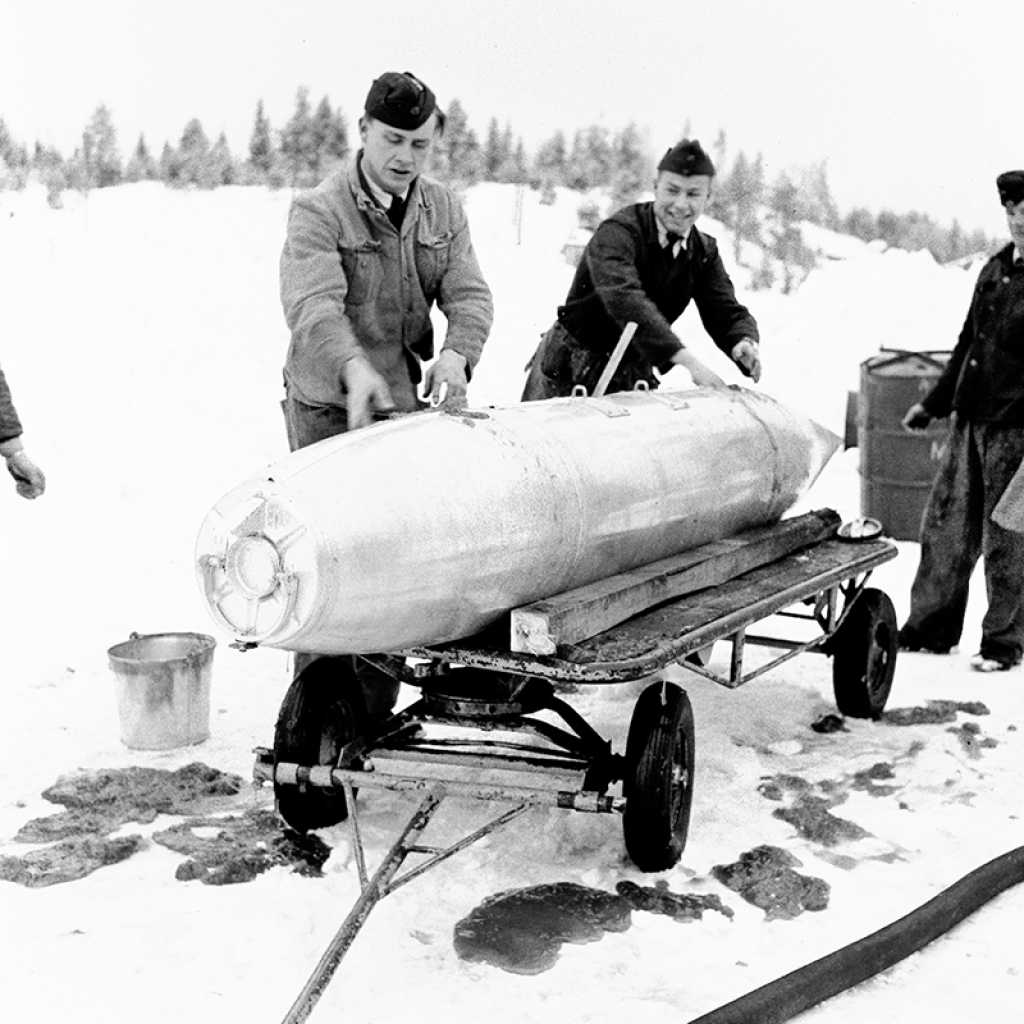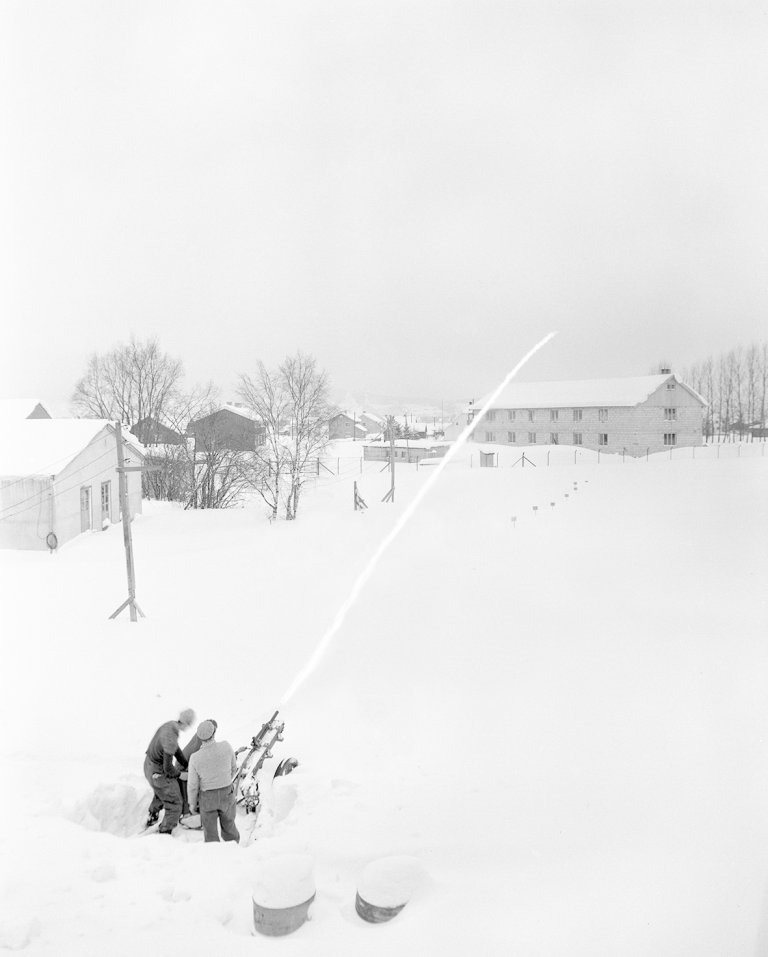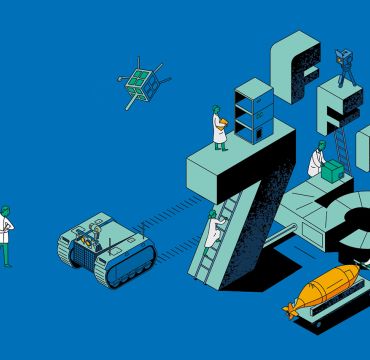Spermal was Norwegian napalm
A biproduct of the whaling industry piqued the interest of researchers.

We know napalm as a horrific weapon from the Vietnam War. This has become ingrained in our culture, due to the image of the naked children running from the Vietnamese village in 1972. In the film Apocalypse Now (1979), Lieutenant Colonel Kilgore states the most chilling line in the film: "I love the smell of napalm in the morning".
Napalm is a flammable gelling agent. Firebombs containing napalm were first used during the invasion of Normandy and later by the United States during the Korean war and in Vietnam. Many countries still employ such weapons, despite the controversy regarding their use.
FFI developed a Norwegian variant of napalm, called ‘spermal’. This is how the story goes: In Norway, military materiel were often exposed cold temperatures. In the early 1950s, researchers were asked to develop a thickening agent for gasoline that could withstand cold temperatures. Napalm is just that – thick, gelled gasoline.
American napalm was based on coconut oil – thus the wordplay on ‘palm’. However, napalm stiffened and became insoluble in gasoline when temperatures dropped below 15°C. Therefore, the material would largely be unusable in the Norwegian climate.
Whale oil withstood the cold
At this point in time, whaling was a major industry. Chemists at FFI discovered that they could use one of the raw materials from whale oil – spermaceti. This acidic substance was superior to napalm. It could be dissolved in gasoline in temperatures down to 0°C. It could also be stored for up to one and a half year, while napalm deteriorated after just six months. This new, acid-based gasoline thickening agent was given the name ‘spermal’.
After many trials of flamethrowers and aerial bombs, FFI built a factory for experiments. There, 100 tonnes of spermal was subsequently produced. The ambition was to export the product, then under the name ‘Northick’.
Norwegian napalm was used during exercises, to simulate nuclear explosions and for the Penguin trials. Spermal provided the heat source for missiles to locate and steer toward. Despite a great deal of marketing directed at Norway’s allies, there was no interest in the product. The entire inventory of what had become ‘Northick II’ was left to the Norwegian Civil Defence in 1960.
Dormitory on fire
One incident in FFI’s history showed that experimentation with spermal could go very wrong. The first shot during a flamethrower experiment at Kjeller in 1954 went awry. The material set fire to the gable of FFI’s own dormitory. The next shot went through the trees next to it. It hit the wall of the aircraft factory’s materials building, which was under construction.


